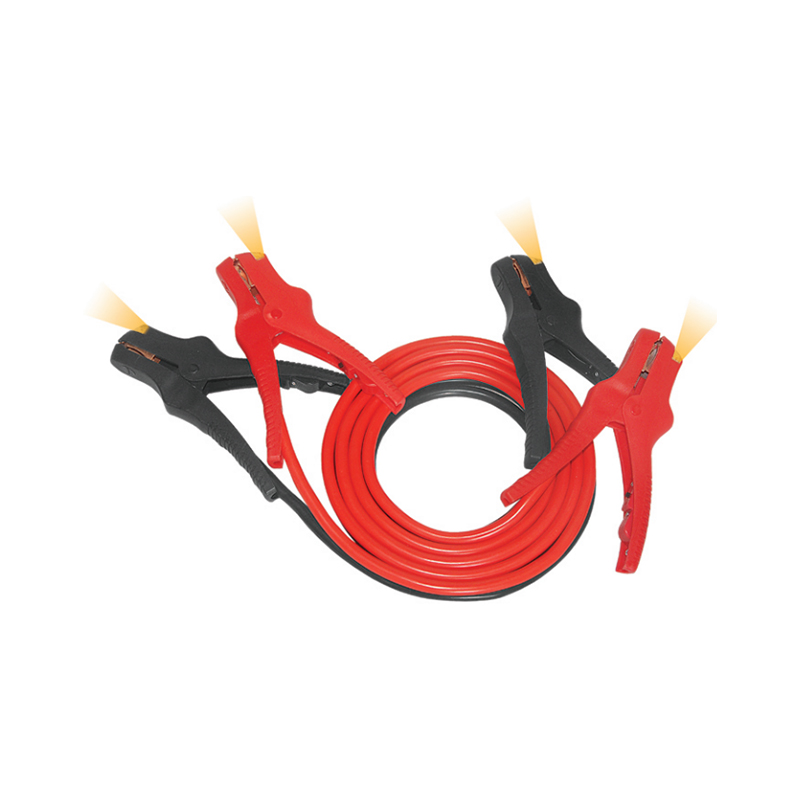What makes CE booster cables different from standard jumper cables in terms of safety and efficiency?
CE booster cables differ from standard jumper cables in several key ways that enhance their safety and efficiency:
Compliance with Safety Standards
CE Certification: CE booster cables meet specific European safety, health, and environmental protection standards. This certification ensures that the cables are designed and manufactured to minimize risks such as short circuits, overheating, and electrical hazards.
Quality Control: The CE mark indicates that the product has undergone rigorous testing for safety and performance, offering greater assurance compared to non-certified cables.
Higher-Quality Materials
Better Conductivity: CE booster cables often use higher-grade copper or copper-clad aluminum wires, which provide superior conductivity. This allows for more efficient power transfer during a jump-start, reducing the time required to start a vehicle.
Durable Insulation: The insulation on CE booster cables is typically made from more durable materials that resist heat, cold, and chemical exposure. This enhances safety by reducing the risk of electrical faults and ensuring the cables perform reliably in various conditions.

Enhanced Safety Features
Heavy-Duty Clamps: CE booster cables usually feature robust, well-insulated clamps with strong springs and teeth that ensure a secure connection. This reduces the likelihood of sparks and accidental detachment during use.
Overcurrent Protection: Some CE booster cables are designed with built-in overcurrent protection, preventing excessive current from flowing through the cables, which can damage the vehicle's electrical system or cause the cables to overheat.
Better Performance in Extreme Conditions
Weather Resistance: CE booster cables are often designed to perform well in extreme temperatures, both hot and cold, ensuring they remain flexible and functional regardless of the weather. This makes them more reliable in harsh conditions compared to standard cables that may become brittle or stiff.
Longer Cable Length: Many CE-certified cables are available in longer lengths, providing more flexibility in positioning vehicles for a jump-start. However, they are engineered to maintain efficiency even at these extended lengths, avoiding significant power loss.
User-Friendly Design
Color-Coded Clamps: CE booster cables typically have clearly marked, color-coded clamps to reduce the risk of incorrect connections, which can lead to electrical damage or personal injury.
Tangle-Free Design: Some CE cables feature designs that minimize tangling, making them easier to handle and store.
These differences make CE booster cables a safer and more efficient choice for jump-starting vehicles, especially in situations where reliability and compliance with safety standards are critical.

 English
English 中文简体
中文简体












